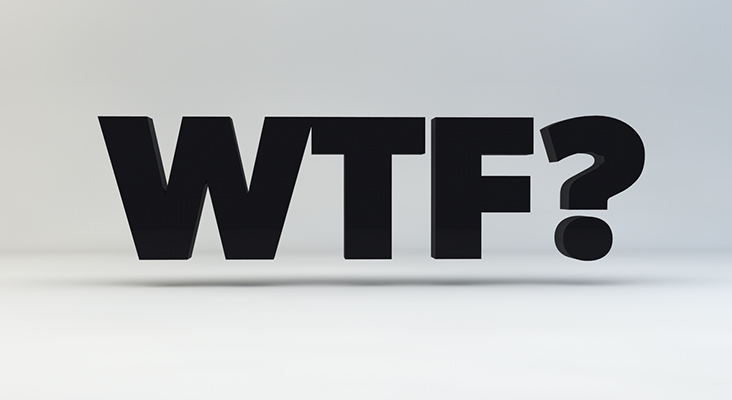Join us Oct. 15-17 in Phoenix to connect with top media buyers

This article is a WTF explainer, in which we break down media and marketing’s most confusing terms. More from the series →
Download Digiday’s complete WTF Programmatic guide, including 11 explainers detailing the ins and outs of programmatic advertising.
Advertisers are increasingly using DSPs and exchanges to purchase their online advertising, but what about publishers? What are supply-side platforms actually for? Here’s a primer — in as plain English as possible — on what SSPs are and what they actually do:
What is a supply-side platform?
A supply-side platform is a piece of software used to sell advertising in an automated fashion. SSPs are most often used by online publishers to help them sell display, video and mobile ads.
That sounds a lot like a demand-side platform to me…
That’s because it is. A supply-side platform is basically the publisher equivalent of a DSP. Where DSPs are used by marketers to buy ad impressions from exchanges as cheaply and as efficiently as possible, SSPs are designed by publishers to do the opposite: to maximize the prices their impressions sell at. Similar technology powers both SSPs and DSPs.
OK, that makes sense. So how do SSPs actually work?
Well, like everything in ad tech, it’s complicated. The simple answer is that SSPs allow publishers to connect their inventory to multiple ad exchanges, DSPs, and networks at once. This in turn allows a huge range of potential buyers to purchase ad space — and for publishers to get the highest possible rates. When an SSP throws impressions into ad exchanges, DSPs analyze and purchase them on behalf of marketers depending on certain attributes such as where they’re served, and which specific users they’re being served to. The idea is that by opening up impressions to as many potential buyers as possible — often through real-time auctions — publishers can maximize the revenue they receive for their inventory. Because of this, SSPs are sometimes referred to as yield-optimization platforms.
So why do SSPs matter?
Increasingly, marketers don’t want to pay costly human ad buyers to negotiate with salespeople over media pricing. They’d rather use technology to purchase their ads more efficiently. The problem for publishers, however, is that this programmatic selling risks driving the value of their inventory down. SSPs were created in part to help combat this and also to help publishers more efficiently aggregate and manage their relationships with multiple networks and ad buyers.
I’ve heard they give publishers more “control” over their inventory. What does that mean?
In addition to opening up inventory to a large range of potential buyers, SSPs also offer the ability for publishers to set “price floors,” which dictate the minimum prices for which their inventory can sell to specific buyers, or through specific channels. Some publishers would rather run house ads than sell impressions for next to nothing, for example, while others might be willing to sell ads to a new advertiser for less than an existing one, as a way to introduce them to their site. SSPs can also be used to dictate which advertisers can and can’t purchase inventory.
What about human sales teams? They still exist.
Absolutely. SSPs are most often used to sell inventory that human sales teams have failed to sell. Increasingly, however, media owners are using the data collected from their SSPs to determine whether human salespeople or programmatic trading returns the greatest margins, and to make business decisions based on that information. Some publishers are also beginning to use SSPs to traffic campaigns sold direct by their salespeople. In that instance, an SSP isn’t involved in the sale of the inventory, but simply helps in the serving and tracking it.
What are the major supply-side platforms?
Vendors that currently sell SSP technology include Google, OpenX, PubMatic, Rubicon Project, AppNexus, Right Media and AOL.
More in Media

Cisco unveils framework to transform workforce collaboration with AI agents
The tech giant’s Connected Intelligence framework represents a fundamental shift in how employees will work — not just with each other but alongside AI agents.

In the AI dealmaking rush, Trusted Media Brands is at the table but holding back
Trusted Media Brands is in talks with big tech on AI licensing, but delaying signing deals to avoid giving away content without clear terms.

Inside The Economist’s plan to grow revenues in a post-search, AI-driven future
The publisher is investing in formats that are more difficult for machines to mimic, like video and audio, while holding a hard line against licensing deals with AI firms it views as competitors.





